SUMMARY
This is AI generated summarization, which may have errors. For context, always refer to the full article.
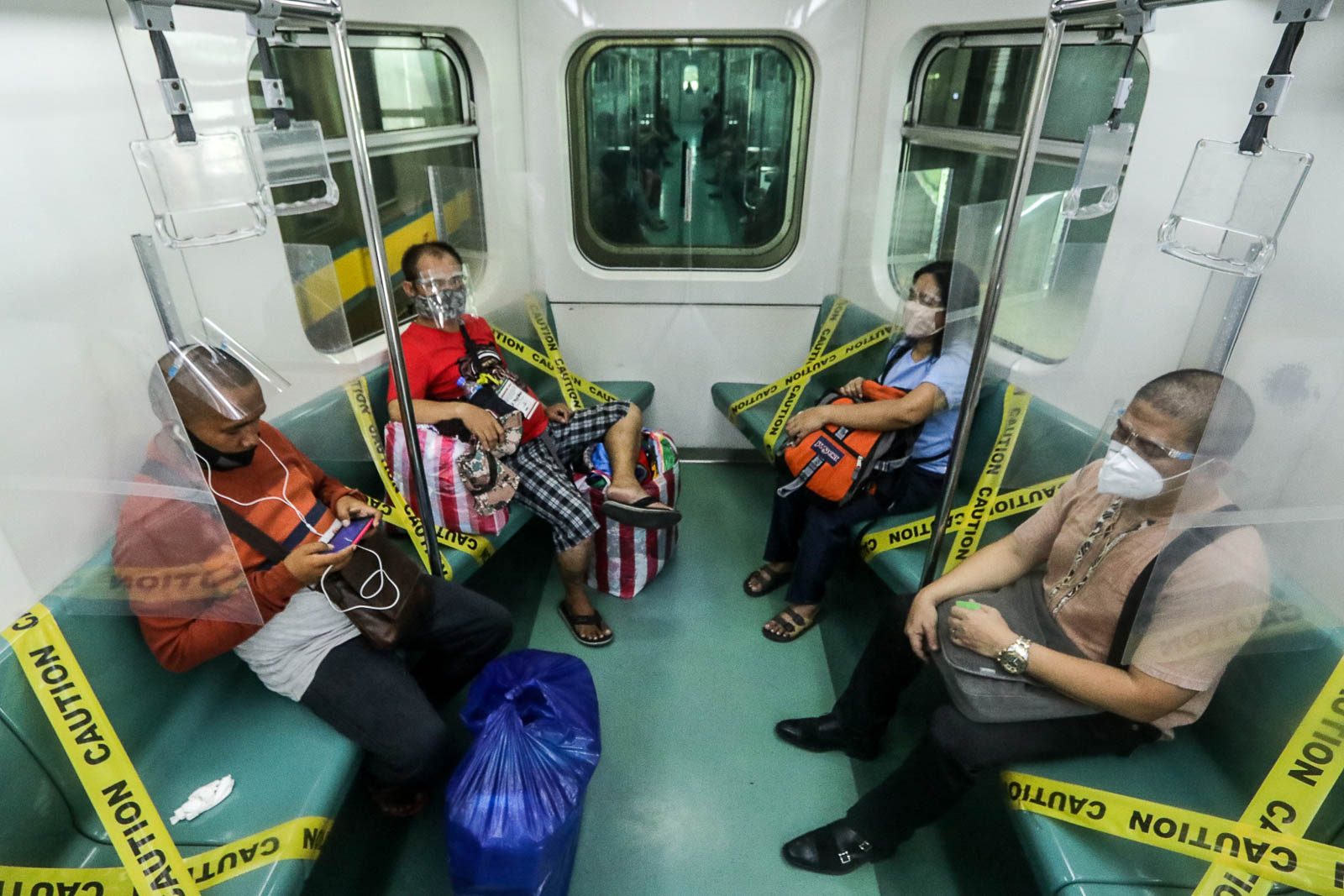
Health workers on Monday, September 14, opposed the transportation department’s move to reduce physical distancing on public transport, and urged the Duterte government to continue providing safe options for Filipino commuters.
“Tungkol po doon sa pagbawas ng 1-meter physical distancing sa public utility vehicles, hindi ho kami sang-ayon dito (On reducing the 1-meter physical distancing on public transport, we do not agree with this),” said Dr Antonio Dans in a webinar on Monday morning, adding the group was in talks with the government regarding the policy
Dans is a member of the Healthcare Professionals Alliance for COVID-19 (HPAAC), and is also a key expert behind the Philippines’ Universal Health Care Law.
The HPAAC is the Philippines’ largest group of health workers, and includes medical groups that called on the government to review its pandemic response. The group had said the country was “losing the battle” against COVID-19.
HPAAC later earned the ire of President Rodrigo Duterte for making this statement, with the chief executive taunting them to plot a revolution.
Dans, a leading epidemiologist, said it was still too early in the pandemic to relax public transport measures. While he conceded this was needed due to limited transport options in the country, Dans stressed the importance of timing the policy as additional cases could further stall the Philippines’ economic recovery.
“Tutol po ang HPAAC sa pag-relax ng social distancing measures in public utility vehicles dahil sa tingin namin, maaga pa masyado (HPAAC is against relaxing social distancing measures in public utility vehicles because it is too early),” Dans said.
“Malamang na dumami lalo ang kaso at bumagal recovery natin kung gawin natin ito ngayon (Cases will surely rise and hamper our recovery if we do this now),” he added.
The medical workers issued their latest statement after the Department of Transportation (DOTr) announced it will ease physical distancing rules in all forms of public transportation starting Monday.
Transportation Secretary Arthur Tugade said that this will begin with “optimizing” distancing measures to 0.75 meters from the standard 1 meter to increase the passenger load of all modes of public transportation.
Physical distancing will gradually be reduced further to 0.5 meters on September 28 and 0.3 meters on October 12.
Why this matters
The DOTR’s move disregards recommendations by the World Health Organization (WHO) and the Department of Health (DOH) to observe at physical distancing of at least 1 meter to prevent the spread of the virus.
The DOH also earlier identified several clusters of cases in transportation settings.
HPAAC underscored the need for safe public transport options to ensure Filipinos could resume their livelihoods while reducing risk of contracting the disease.
Lack of transportation safety was one of 7 problems in the government’s pandemic response earlier raised by the medical community.
Keen on findings that the surge in cases were partly caused by increased mobility among people, Dans said workers need safe transportation options that will not cause congestion in public places.
Transportation Undersecretary Artemio Tuazon told GMA News on Monday, however, that their new measure is based on scientific studies, such as one by the International Union of Railways.
Even before the coronavirus pandemic, jam-packed modes of public transport have long been a problem in the Philippines, which has suffered a lack of transportation infrastructure for years. Experts have long feared that public transport, if left unrestricted, can further fuel the rise in coronavirus cases in the country.
In a radio interview on Tuesday morning, Interior Secretary Eduardo Año said the DOTr released the guidelines without consulting health experts.
“Hindi ‘yan dumaan sa IATF (That did not go through the IATF),” Año said.
Año’s statement was denied by the DOTr on Tuesday afternoon, saying that their measures were approved by the IATF . – With a report from rambo Talabong/Rappler.com
Add a comment
How does this make you feel?
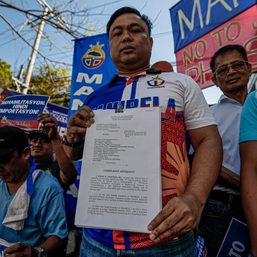

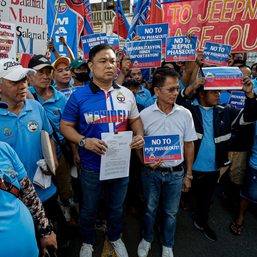
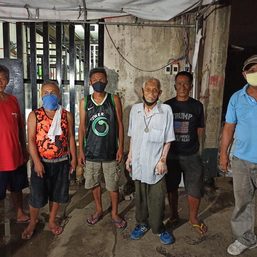
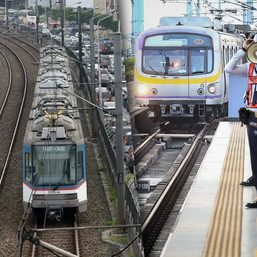
There are no comments yet. Add your comment to start the conversation.